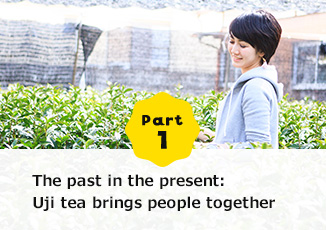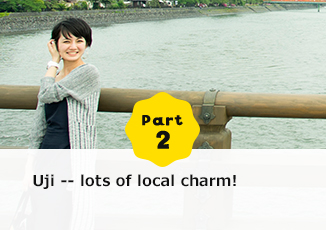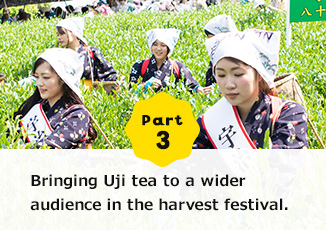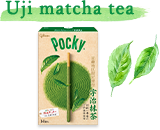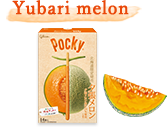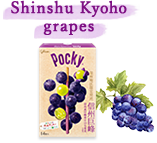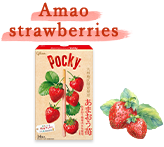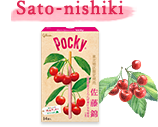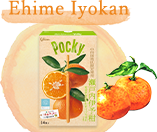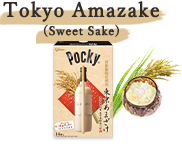A cup of tea fosters happiness
When it comes time for the first flush, a town is a din of activity.
I chanced to find a unique local culture here that is the product of the tea itself.
A product of the past. A product of the present.
In both, people’s commitment to bringing Uji tea to a wider audience ran deep.
Tea plucked on the "88th day"
-- is there good luck involved in new tea?
The “88 days†is a unique Japanese season that spans 88 days from the first day of spring. Tea plucked on this 88th day is considered fortuitous. I went out with the locals to try my hand at picking some tea.
The new buds are very soft, so delicate that their veins show through when held up against the sun. The stems break easily under the finger, so they require care when plucking.
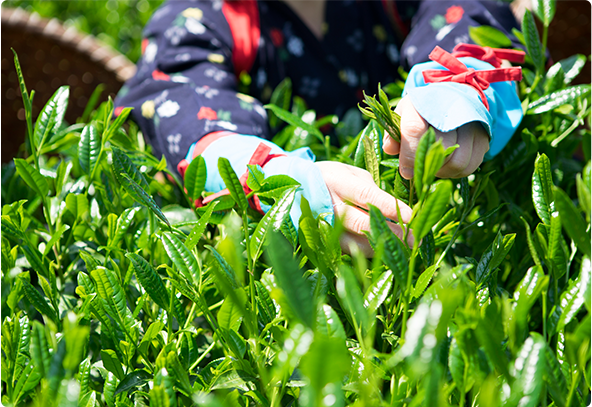
This is more than just tea.
A unique delicacy from fresh-picked leaves
“Tea leaves can actually be fried as tempura or steeped in soy sauce and preserved. They’re delicious.â€
These tea leaves are an essential dinner item year-round for locals. The stems have a nice texture to them, but the best part to try is the leaves.
As you chew, the faint sweetness of tea comes out.
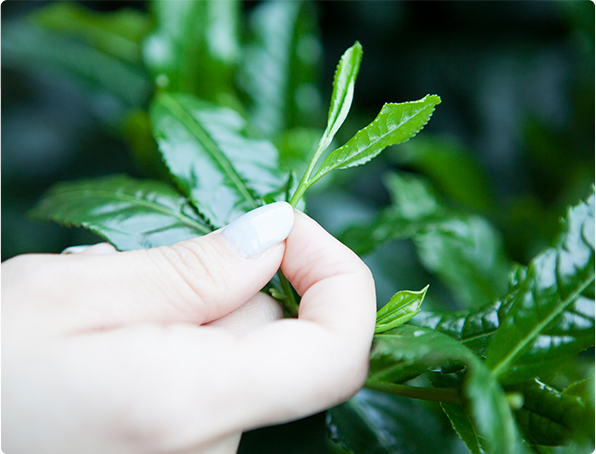
“Did you pluck a lot?â€
A young boy had his arms full of tea leaves and was all smiles. He shared with me some secrets to properly plucking tea.
Apparently, the new buds that have not yet opened up and the two leaves beneath that are considered a kind of “set†that is a luxury among tea.
This charming boy even gave me a little bouquet of tea leaves as a surprise.
I was touched at what was probably my first “bouquet†from a man!

I visited Taiho-an, which lies along the Ujigawa River, in pursuit of Uji Matcha. This teahouse lets you experience the authentic tea ceremony.
Seats for guests are arranged based on strict rules: starting from the trim of the tatami mat adjacent to the tea kettle at the back of the room, the sixteenth one is where guests sit.
“O-temae†is a set of etiquette for serving and preserving tea.
The teacher’s flowing movements whisk up the matcha powder, which has a viscous quality that seems to melt on the tongue. You can really experience the Japanese sense of hospitality through the tea ceremony.

A game so popular among feudal lords that it had to be banned
Cha-kabuki is a pastime that originates in the Ashikaga shogunate (1336-1573). It involves tasting five different types of tea to compare the flavor. For this playoff, the Glico and Tsujiri teams went head-to-head.
The shuffled tea is drunk one cup at a time, with contestants having to guess what type it is. While they gave us hints, when you take a sip, you really can’t be sure...
We take a sip, consider it, then take another sip. Both teams had their heads in their hands with confusion.
Each time a cup was distributed, both teams furrowed their brows.
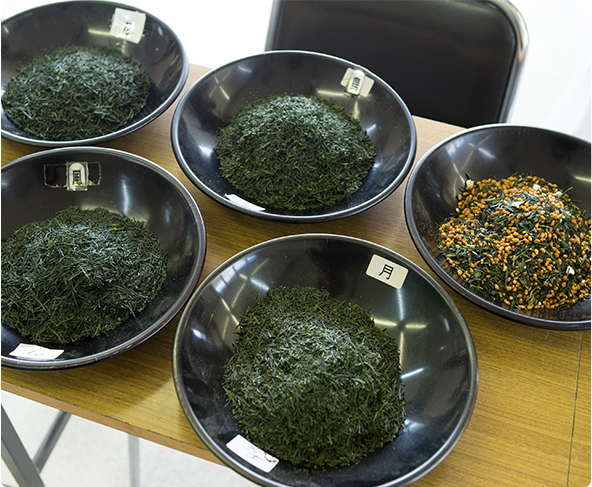
Astonished at the pros’ skills
Just how do you distinguish teas from one another?
There are three key components to distinguishing tea: color, aroma, and flavor. Teahouses decide on the price of tea based on the quality of the leaves in these three areas. Mr.Tsuji, president of Tsujiriichihonten, says with pride, “We can get it 100% of the time.†He flashes a wicked smile.
Each time the answers are revealed, the group swings between joy and disappointment. You can see why the feudal lords got so into this game. The playoff lasted three rounds, with the Tsujiri team winning by a slim margin. The Glico team vowed revenge, saying, “We’ll have to create a cha-kabuki unit to train hard.†Will there be a rematch, I wonder?

A temple that has looked over this area for 1,000 years
My last stop on this trip was Ujigami Shrine. The main shrine here was built in the late Heian period (794-1185) and is inscribed as a World Heritage site as Japan’s oldest shrine.
In the Muromachi period (1336-1573), the finest seven waters in Uji suited to tea production were selected.
Kiriharasui is among those waters, and it flows from this shrine.
Mr. Miyahara, the chief priest, says that they boil the water from here each morning to make their tea. The waters conveyed from the mountains are truly a cut above in terms of quality.
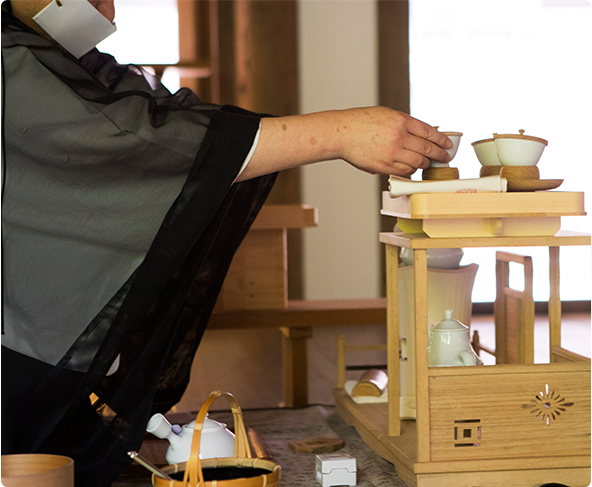
A sacred rite born of passion
for Uji
Every June 1st, the Kenchasai, a tea offering, is held. It is at this time that the first flush of tea spanning up and down Uji’s mountains comes in season, and those involved in Uji tea congregate to see this sacred rite. This year marks the 21st time the event has been held.
Fine sencha tea is brewed using Kiriharasui water and dedicated to the gods of these lands, with a prayer of gratitude said for the new harvest. This event was originally the brainchild of someone in the Uji tea ceremony association, who wanted to promote the tea to a wider audience. The ritual prayer acts as a wish for the future and prosperity of Uji.
The people of Uji have a warm and affable culture that made me want to come back soon. What season shall I come here next?
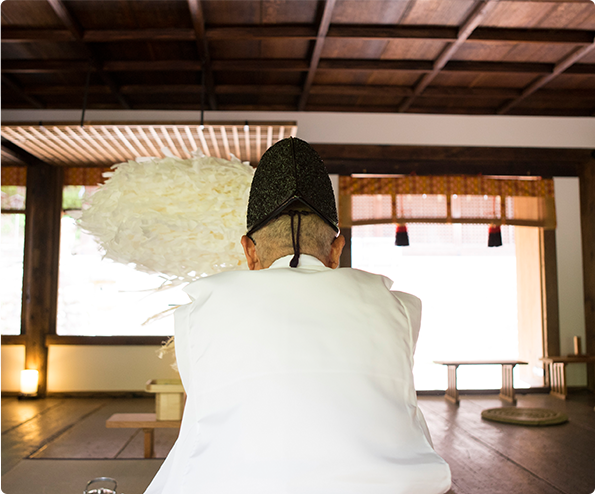

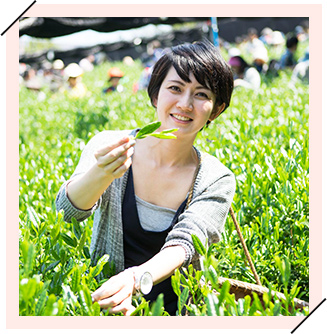
The culture of Uji tea was truly heartwarming.
This trip really turned me into an Uji aficionado!













